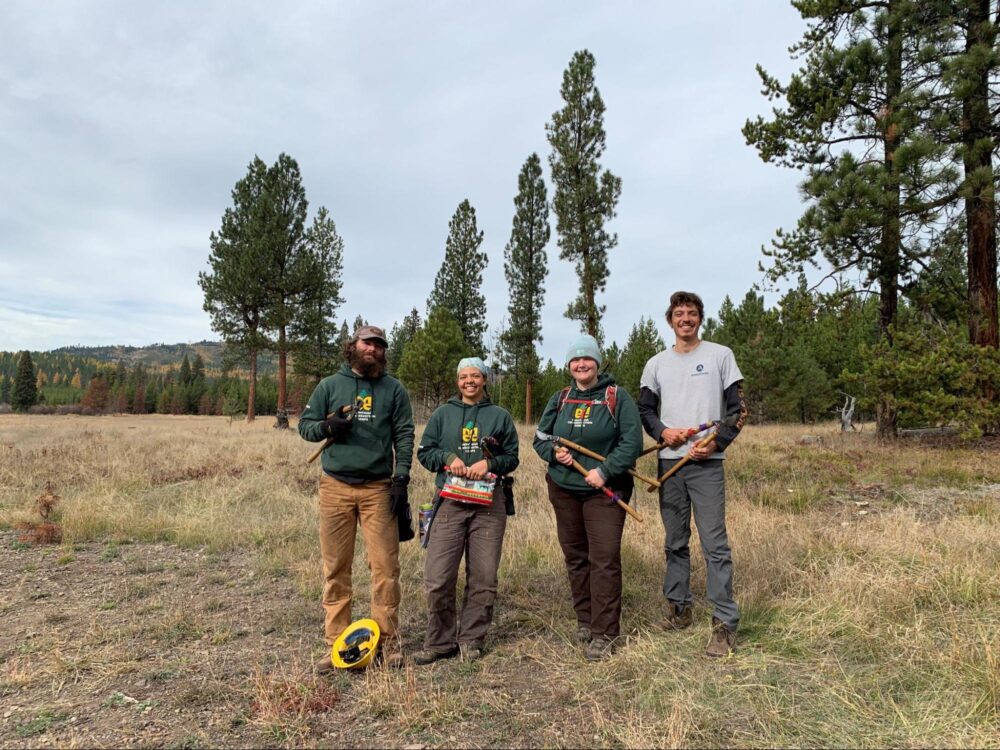We have much more to do and your continued support is needed now more than ever.
Summer Bird Feeding: the Case For and Against

Ever since I started feeding backyard birds several years ago, I’ve religiously taken down my feeders this time of year and not put them back up until late fall or early winter. Natural food is abundant during the warm months, I figured, and I’d heard that bird feeding in spring could potentially disrupt the timing or routes of the animals’ migration to summer breeding grounds.
Backyard Birding Pleasures
This year, however, I’m reconsidering my decision. While working on a story, “The Case For Summer Feeding,” published in the current issue of National Wildlife magazine, I spoke with George H. Harrison, the author of seven books about backyard birding. Harrison told me there’s no evidence that the presence or absence of feeders has altered the migration behavior of any backyard bird species. In addition, he shared four reasons why it’s a good idea to feed birds during summer — especially if, like me, you’re an avid backyard bird-watcher:
- Birds that visit feeders during summer include species not present during winter. Depending on where you live, you may be visited by rose-breasted or black-headed grosbeaks as well as several species of orioles and hummingbirds that will be hundreds or thousands of miles away later in the year.
- During summer, birds that look drab during winter are sporting their colorful breeding plumage. Consider, for example, the bright yellow male goldfinches you see only during the warmer months.
- Once they’ve nested and their offspring have fledged, adult birds will introduce their young to your bird feeders and birdbaths. “I’ve seen fuzzy, rotund baby chickadees, red-capped downy woodpecker young and spot-breasted American robin chicks, many begging for food from their overworked parents,” Harrison says.
- Warmer temperatures encourage closer viewing of backyard birds. If you regularly sit on a patio or deck, the birds at nearby feeders and baths will get used to you and go about their business while you watch them. “In my experience,” Harrison says, “there’s no better way to enjoy a summer day.”

A Bear of a Problem
The case for summer bird feeding sounded convincing. After we published the story, however, we heard from several readers who pointed out potential problems with summer feeding in areas where wild bears roam. “Wildlife officers in many states say the first taste of human food bears get is from bird feeders, and once they get that taste, they keep coming around people until they get killed,” wrote one worried reader. Bears in backyards also put pets and property at risk.
For these reasons, it’s probably a good idea to take feeders down between mid-March and mid-November if you live in a location where bears are active. But “taking down a bird feeder does not mean a homeowner has ruined his or her wildlife habitat,” notes NWF Naturalist David Mizejewski in the National Wildlife article “When Carnivores Come Calling” by Mark Cheater. “Feeders should be viewed only as supplements to the natural foods a person provides for wildlife by cultivating native plants,” Mizejewski adds.
Since I live in an urban area with no bears but plenty of breeding birds, I’ve decided to leave my feeders up for the first time this summer—though I’ll not neglect nurturing the native plants that provide birds and other wildlife the most important food of all.
![]() Learn more about using feeders and native plants to support wildlife, then turn your property into a Certified Wildlife Habitat® site.
Learn more about using feeders and native plants to support wildlife, then turn your property into a Certified Wildlife Habitat® site.





















